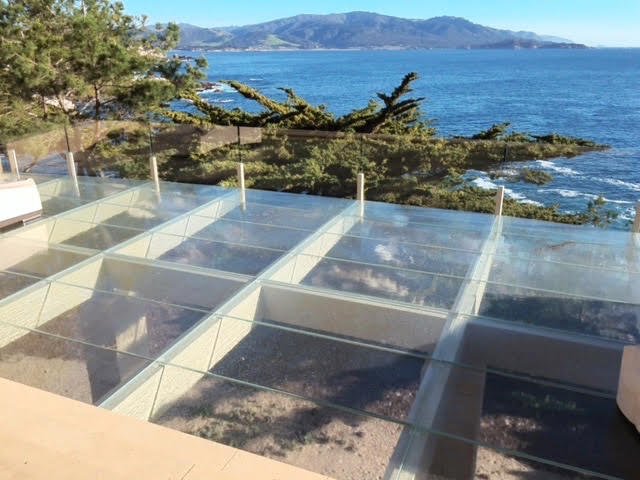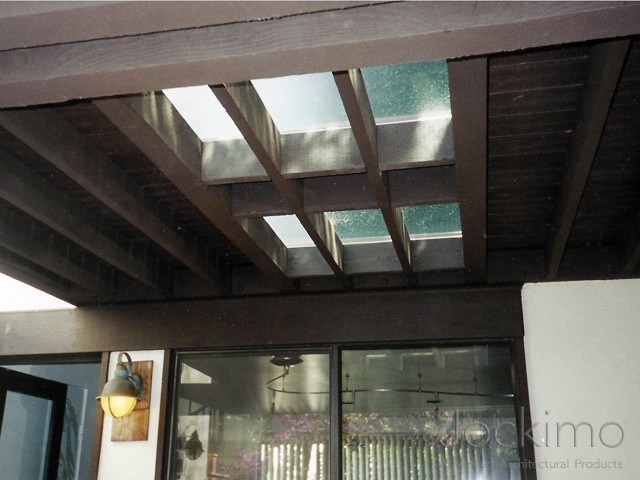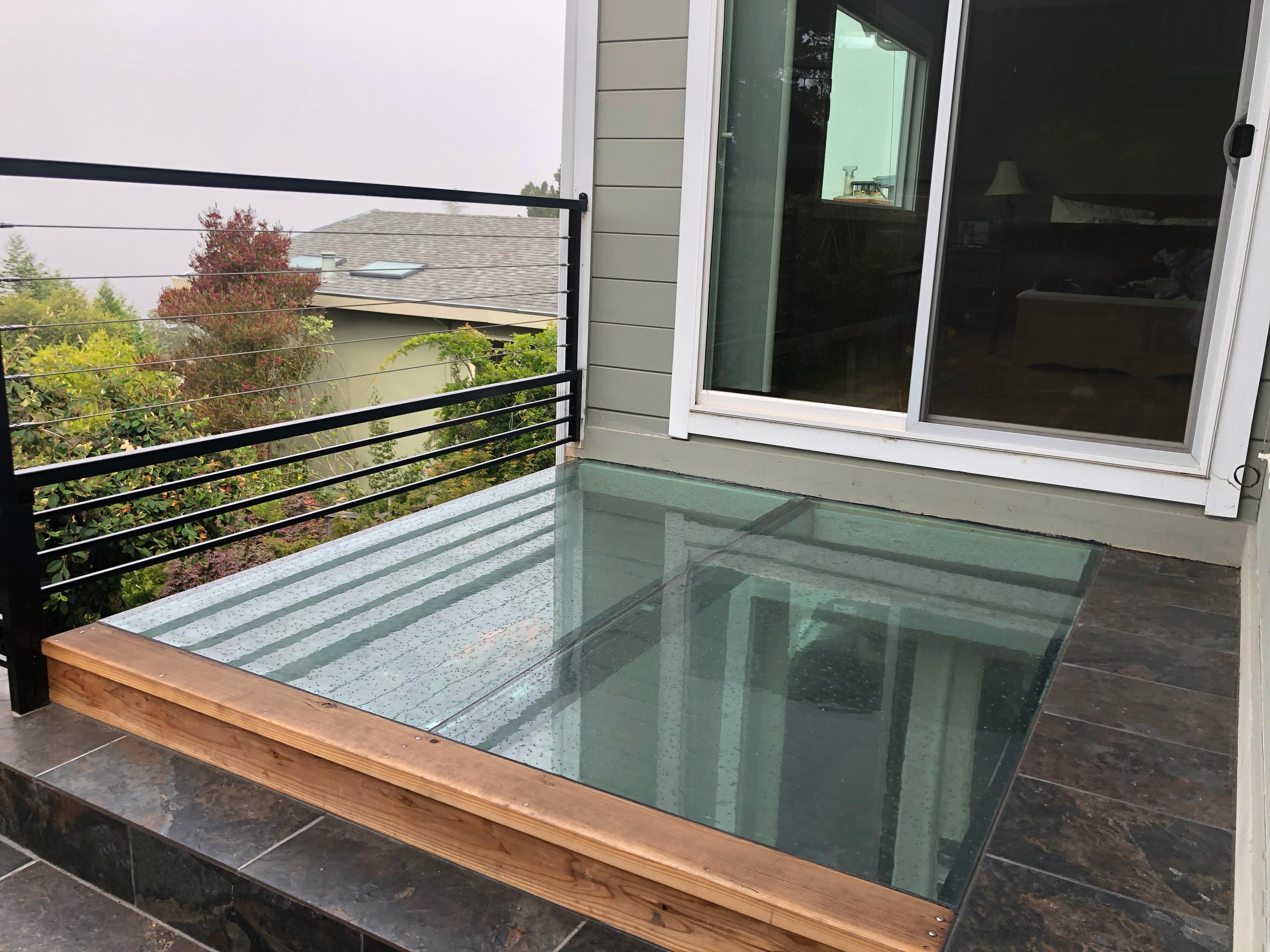- Details
3 Key Ways Walkable Skylights Differ from Traditional Skylights
If you’re balking at the idea of installing a skylight in your home or business, it’s important to know there are different types of skylights available in the market today. Depending on the type of skylight you want, some of your reservations might be unfounded. Discover several critical differences between traditional skylights and walkable skylights, and learn whether a walkable skylight is actually a great fit for you.
How Are Walkable Skylights Different from Traditional Skylights?
-
Space Requirements

A traditional skylight does occupy space on your roof, elevated deck, or walkway. This means any square footage necessary for the skylight is not available for any other use. This applies to you and to anyone who might need access to the area. (Think construction workers performing maintenance, repairs, or other work.)
A walkable skylight, however, is a completely usable space. The glass is load-bearing and designed to be walked on. With a walkable skylight, you get all the benefits of skylights without having to sacrifice the available space of your roof, deck, or walkway.
This has particular benefits for businesses or other commercial ventures. Say, for example, you’re installing a walkable skylight on the rooftop deck of a restaurant. Because you’re not losing any square footage, you can add this design feature without diminishing the available space for patrons.
When it comes to businesses, the financial advantages of a walkable skylight are prominent.
-
Leaking Issues

Traditional skylights have the undesirable reputation of being prone to leaks. This is less of a concern with walkable skylights.
Whether you’re a homeowner looking to install a walkable skylight in your private residence or you’re running a commercial operation, it’s helpful to think of these architectural glass features more like waterproof glass flooring. Because they’re part of the flooring family, a walkable skylight also has all the safety benefits of glass flooring.
That being said, any project exposed to the elements will leak if it’s not done right. Proper manufacturing of the glass and professional installation are both keys to ensuring a safe, durable, waterproof surface.
-
Tripping or Falling Hazard

One of the often ignored downsides of traditional skylights is the tripping and fall hazard they present. Many skylights use fiberglass or plastic coverings, and these are not usually impact resistant enough to withstand a person falling on them.
This issue is not a concern for anyone installing a walkable skylight. Again, it’s useful to think of this feature more as an integrated part of the flooring than a separate window.
Because the glass is integrated into the floor, it’s entirely flush. There are no ridges or obstructions that can pose a tripping hazard to you or patrons.
Still Have Questions?
If you’re thinking about skylights in your home or commercial space, it’s important to understand what’s available in the market and how traditional skylights differ from walkable skylights.
If you still have questions or want an estimate for your project, contact us today!

